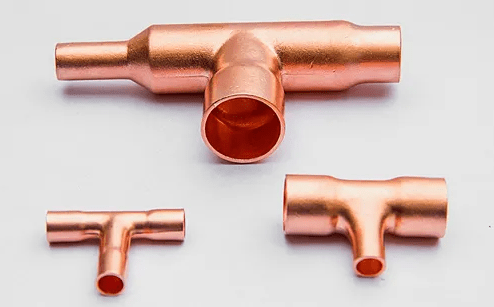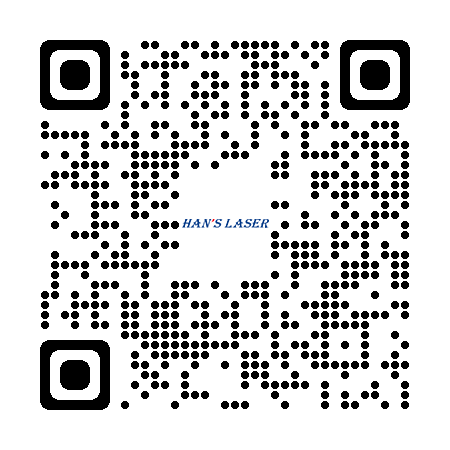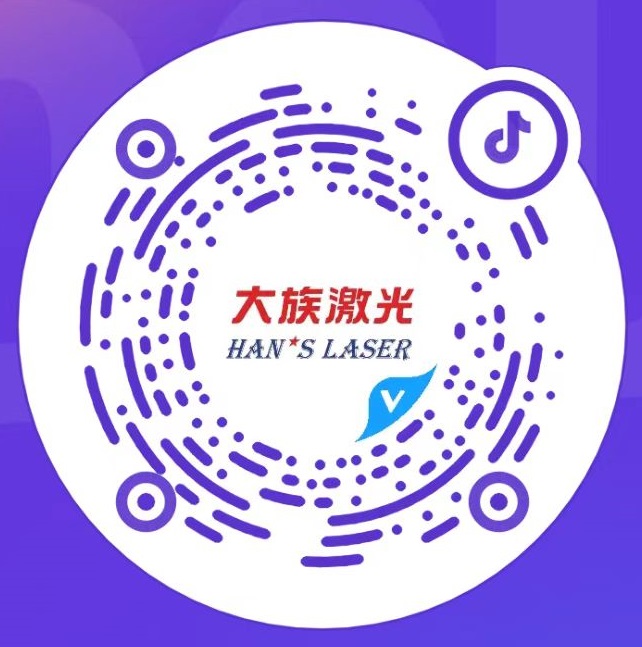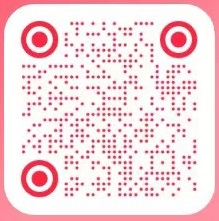Technical difficulties and solutions of laser welding of red copper
Red copper material is widely used in the industry. It has excellent conductivity, thermal conductivity and ductility, and it also has good corrosion resistance. It is often used in sanitary ware, kitchen and marine industry. Red copper is relatively easy to be processed by casting, welding and cutting, which is also a major reason for its widespread use.
The following technical problems and solutions that are easy to occur in the process of red copper laser welding technology.
Problems easily occurred in the laser welding of red copper:
(1) Difficult to melt and easy to deform: because the red copper material has a large thermal conductivity, its heat transfer rate is very fast in the process of laser welding of red copper, resulting in an increase in the weld seam heat affected zone of the red copper workpiece, making it difficult for the two materials to bond. In addition, due to the large linear expansion index of the red copper material itself, the thermal impact in the laser welding process of the red copper, and the improper clamping force of the clamp, the red copper material will be deformed.
(2) Bubble holes are easy to appear after welding: another common technical problem in red copper laser welding is the appearance of bubbles, especially in deep penetration laser welding. There are two main reasons for bubble pore: one is diffusion pore formed by auxiliary gas dissolving in red copper, and the other is reaction pore formed by auxiliary gas during reduction.

Solutions for technical difficulties in laser welding of red copper:
(1) Generally, the heat absorption rate of red copper is about 5% at room temperature, and it can reach 20% when it is close to the melting point. The deep penetration welding of red copper can be realized by increasing the laser power density.
(2) High power laser and galvanometer type welding joint are used to stir the molten pool with light beam, so as to increase the stability of the laser molten pool, reduce welding spatter and reduce the gas hole phenomenon after welding.
(3) When welding, the angle of the welding joint is inclined to avoid long-term back reflection damage to the laser.
(4) The laser welding power needs to reach the absorption value of red copper, so as to avoid beam reflection.
(5) The swing welding method can improve the welding quality of red copper.
The following technical problems and solutions that are easy to occur in the process of red copper laser welding technology.
Problems easily occurred in the laser welding of red copper:
(1) Difficult to melt and easy to deform: because the red copper material has a large thermal conductivity, its heat transfer rate is very fast in the process of laser welding of red copper, resulting in an increase in the weld seam heat affected zone of the red copper workpiece, making it difficult for the two materials to bond. In addition, due to the large linear expansion index of the red copper material itself, the thermal impact in the laser welding process of the red copper, and the improper clamping force of the clamp, the red copper material will be deformed.
(2) Bubble holes are easy to appear after welding: another common technical problem in red copper laser welding is the appearance of bubbles, especially in deep penetration laser welding. There are two main reasons for bubble pore: one is diffusion pore formed by auxiliary gas dissolving in red copper, and the other is reaction pore formed by auxiliary gas during reduction.

Solutions for technical difficulties in laser welding of red copper:
(1) Generally, the heat absorption rate of red copper is about 5% at room temperature, and it can reach 20% when it is close to the melting point. The deep penetration welding of red copper can be realized by increasing the laser power density.
(2) High power laser and galvanometer type welding joint are used to stir the molten pool with light beam, so as to increase the stability of the laser molten pool, reduce welding spatter and reduce the gas hole phenomenon after welding.
(3) When welding, the angle of the welding joint is inclined to avoid long-term back reflection damage to the laser.
(4) The laser welding power needs to reach the absorption value of red copper, so as to avoid beam reflection.
(5) The swing welding method can improve the welding quality of red copper.








